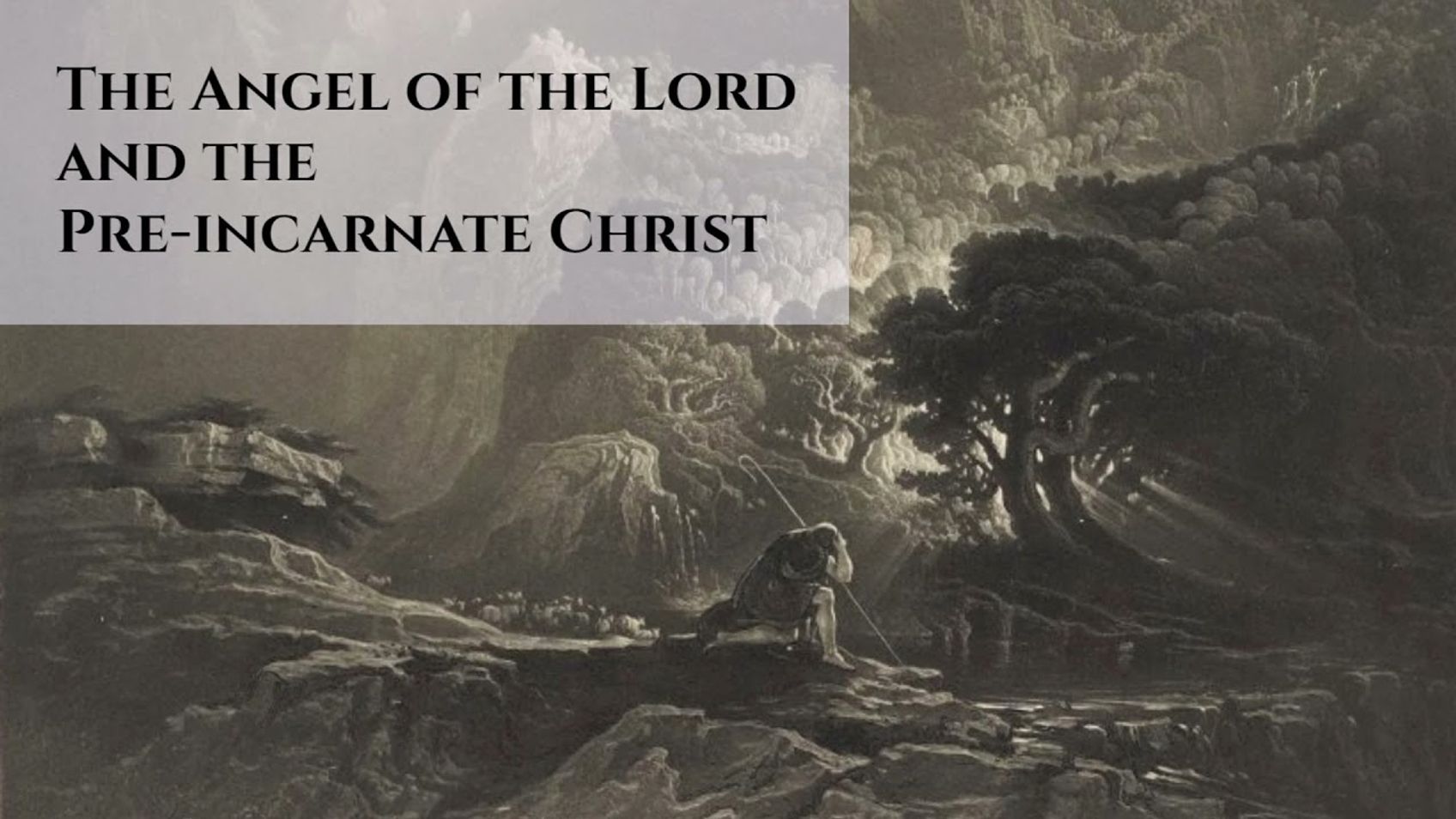Is the Angel of the Lord the Pre-Incarnate Christ?
January 6, 2022

Alastair Roberts
If you are interested in supporting my work, please consider becoming a patron on Patreon (https://www.patreon.com/zugzwanged), donating using my PayPal account (https://bit.ly/2RLaUcB), or buying books for my research on Amazon (https://www.amazon.co.uk/hz/wishlist/ls/36WVSWCK4X33O?ref_=wl_share).
You can also listen to the audio of these episodes on iTunes: https://itunes.apple.com/gb/podcast/alastairs-adversaria/id1416351035?mt=2.
More From Alastair Roberts
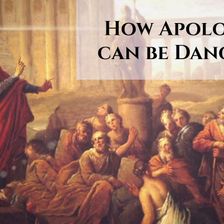
The Danger of Apologetics
Alastair Roberts
January 7, 2022
If you are interested in supporting my work, please consider becoming a patron on Patreon (https://www.patreon.com/zugzwanged), donating using my PayP

Unruly Media and our Disordered Discourse
Alastair Roberts
January 11, 2022
The first follow-up to my earlier podcast on the danger of apologetics (https://adversariapodcast.com/2022/01/07/the-danger-of-apologetics/).
If you
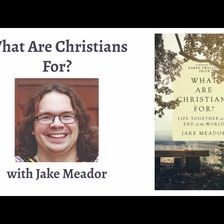
What Are Christians For? (with Jake Meador)
Alastair Roberts
February 11, 2022
My friend Jake Meador is the editor-in-chief of the Mere Orthodoxy site and the author of the recent book, 'What Are Christians For? Life Together at
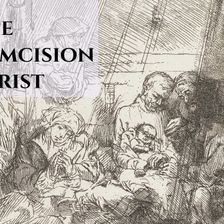
On the Circumcision of Christ
Alastair Roberts
January 1, 2022
Some thoughts upon the Feast of the Circumcision of Christ.
If you are interested in supporting my work, please consider becoming a patron on Patreon

A Brief and Blurry Thank You from the End of 2021!
Alastair Roberts
December 31, 2021
The year that was and what comes next.
My reflections are searchable by Bible chapter here: https://audio.alastairadversaria.com/explore/.
If you ar
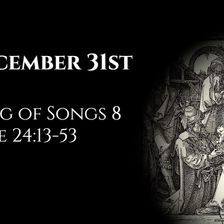
December 31st: Song of Songs 8 & Luke 24:13-53
Alastair Roberts
December 30, 2021
Love is as strong as death. The appearance on the road to Emmaus.
My reflections are searchable by Bible chapter here: https://audio.alastairadversar
More on OpenTheo

Is 1 Corinthians 12:3 a Black-and-White Tool for Discernment?
#STRask
October 27, 2025
Questions about whether the claim in 1 Corinthians that “no one can say ‘Jesus is Lord’ except in the Holy Spirit” is a black-and-white tool for disce

How Can I Improve My Informal Writing?
#STRask
October 6, 2025
Question about how you can improve your informal writing (e.g., blog posts) when you don’t have access to an editor.
* Do you have any thoughts or

How Would You Convince Someone That Evil Exists?
#STRask
November 17, 2025
Questions about how to convince someone that evil exists, whether Charlie Kirk’s murder was part of God’s plan, whether that would mean the murderer d

How Can I Showcase God’s Goodness When I’m Struggling in My Suffering?
#STRask
September 8, 2025
Questions about how to showcase God’s goodness when we’re really struggling in our suffering, an explanation of God’s response at the end of the book

The Golden Thread of the Western Tradition with Allen Guelzo
Life and Books and Everything
October 6, 2025
Dr. Guelzo is back once again for another record setting appearance on LBE. Although he just moved across the country, Allen still made time to talk t

The Boys Are Back in Town with Justin Taylor and Collin Hansen
Life and Books and Everything
September 1, 2025
It’s been a long time since the last LBE episode—too long some (i.e., our mothers) might say. But after a summer hiatus, the three amigos are back in

“Jesus Had Two Dads, and He Turned Out Just Fine”
#STRask
August 28, 2025
Questions about how to engage someone wearing a button that reads, “Jesus had two dads, and he turned out just fine,” and how to be kind and loving wi
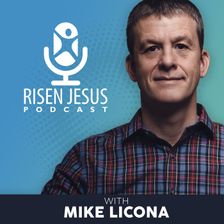
After the Crucifixion, was Jesus Resurrected or Rescued? Licona vs. Ally
Risen Jesus
October 8, 2025
This episode is a 2016 debate held at the University of Tennessee – Chattanooga between Dr. Michael Licona and Dr. Shabir Ally, president of the Islam

How Does It Affect You If a Gay Couple Gets Married or a Woman Has an Abortion?
#STRask
October 16, 2025
Questions about how to respond to someone who asks, ”How does it affect you if a gay couple gets married, or a woman makes a decision about her reprod

John Thomson and the Shaping of American Presbyterianism with Stephen A. Fix
Life and Books and Everything
September 29, 2025
If you are looking for a deep dive into the history of early American Presbyterianism, you have come to the right place! Listen in as Kevin talks with

“Christians Care More About Ideology than People”
#STRask
October 13, 2025
Questions about how to respond to the critique that Christians care more about ideology than people, and whether we have freedom in America because Ch

When I Can’t Stop Thinking About Something, Is That God Speaking?
#STRask
December 1, 2025
Questions about whether having a recurring thought is an indication God is speaking to you, what to say to someone who says they sinned because “God t

What Are Some Good Ways to Start a Conversation About God with Family Members?
#STRask
October 30, 2025
Questions about how to start a conversation about God with non-Christian family members, how to keep from becoming emotional when discussing faith iss

What Are the Top Three Apologist Pitfalls to Watch Out For?
#STRask
October 2, 2025
Question about the top three pitfalls to watch out for when you start using apologetics in conversations with others.
* What are the top three apol

The Man on the Middle Cross with Alistair Begg
Life and Books and Everything
November 10, 2025
If you haven’t seen the viral clip, go see it right now. In this episode, Kevin talks to Alistair about the preaching clip he didn’t intend to give, h
